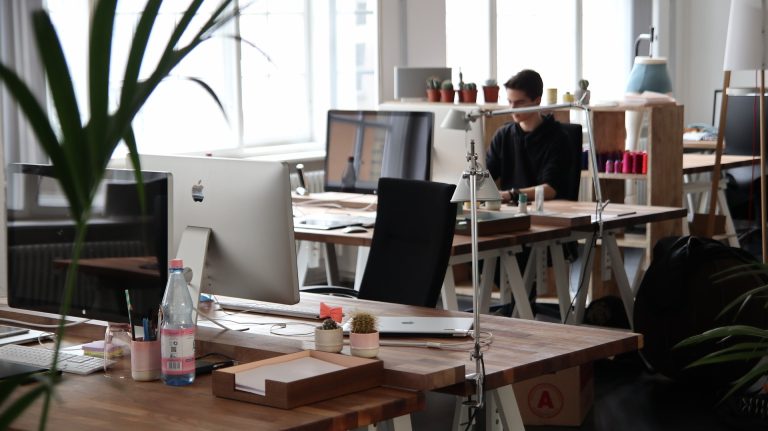Ever heard that health and safety law bans sandals in the office? Or that Christmas lights are no longer allowed in the workplace? Well, as Donald Trump would say, it’s fake news.
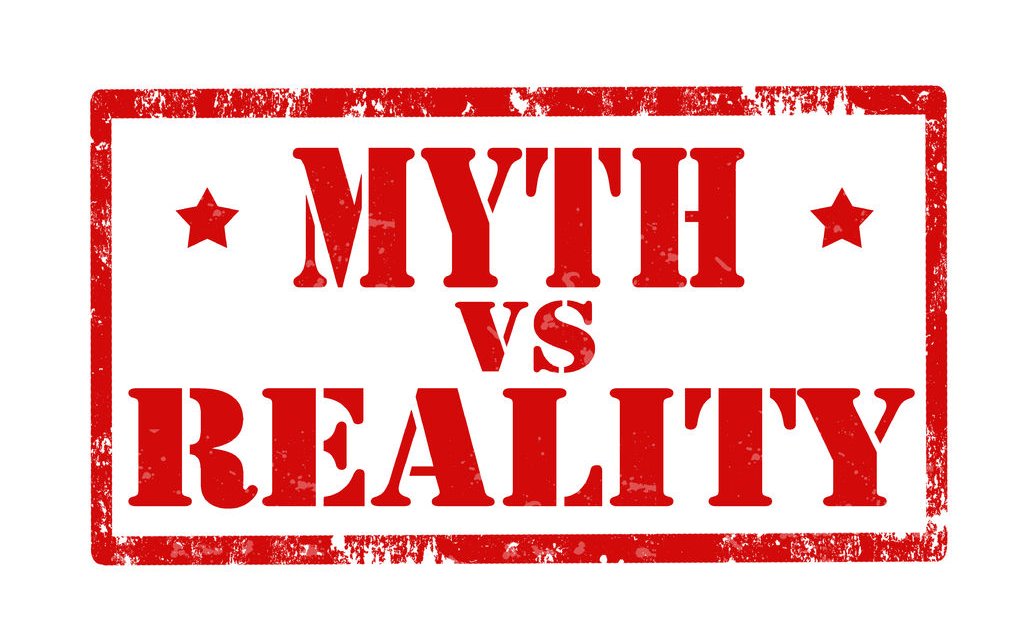
The Health and Safety at Work etc Act 1974 is often misquoted by the media to give the impression that workers can’t do everyday things. When it comes to health and safety, the media love to report on instances of “health and safety gone mad”, which adds to the perception that it is draconian, restrictive and unnecessary. In reality, a lot of this so-called “blue tape” is self-imposed by organisations – not a requirement of health and safety law.
The fact is, the Act doesn’t require working lives to be regulated to the extent that these provocative headlines would have you believe. In truth, when boiled down, the legislation simply requires employers to secure the health, safety and welfare of people at work and to protect others from their work activities. Granted, this is not always an easy task and it will require employers to proactively put measures in place to reduce risk – but it’s certainly not unreasonable.
The Health and Safety Executive (HSE) has in the past had to tackle some quite incredible myths about what health and safety bans or orders employers to do. It has long campaigned to myth-bust a raft of silly “jobs-worth” rules cited in the name of health and safety. To quote the HSE’s website:
HSE
While there’s no shortage of bonkers decisions supposedly taken on health and safety grounds, here are some of our favourite health and safety myths:
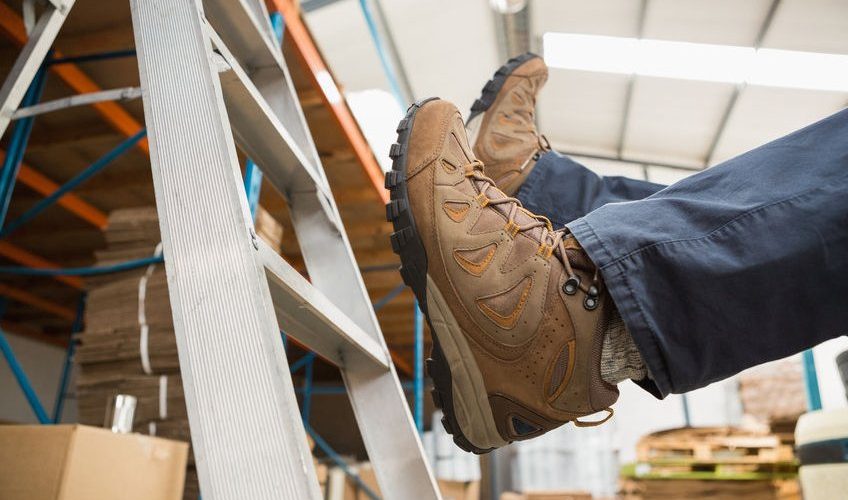
Myth #1: Health and safety regulations ban the use of ladders
Although this story regularly does the rounds, ladders are most definitely not banned in the workplace.
Each year, an average of 13 workers are killed and 12,000 seriously injured falling off ladders. The Health and Safety at Work Act and regulations made under it aim to reduce the numbers by ensuring ladders are used safely. However, there’s no ban on ladders, so long as they are properly secured and used appropriately.
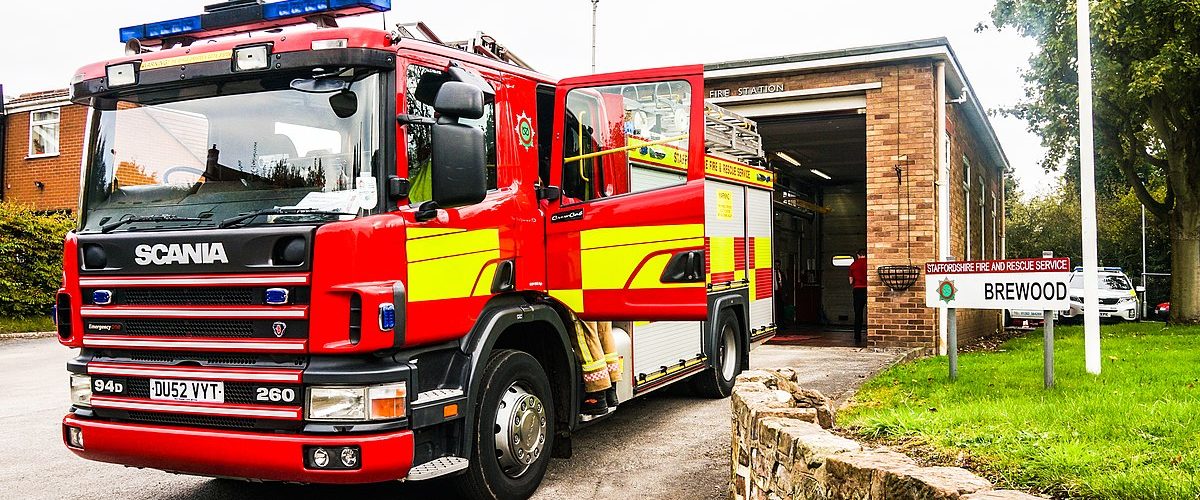
Myth #2: Firefighters can no longer slide down fire station poles
This story seems to have started from a Devon case, where it was reported that, to avoid risk of injury when sliding down poles, a new fire station had been built without the traditional pole. However, the real reason it didn’t have a pole was because of restricted space. This is another example where health and safety has been blamed for an unrelated decision – there are no regulations banning use of fire station poles.
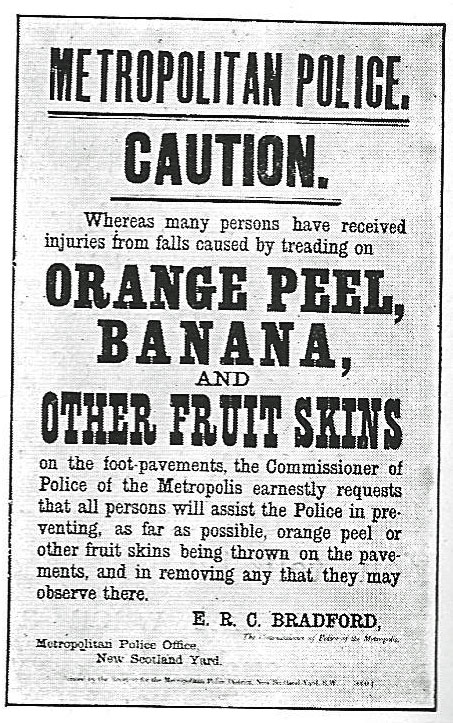
Pictured: A Metropolitan Police Public Notice from the 1890s.
Myth #3: Trapeze artists must wear hard hats
Incredibly, this one’s appeared several times over the past few years, and no, it’s not true. Sometimes European legislation is blamed for the “ban”, other times the Work at Height Regulations 2005 are said to be responsible. It’s claimed that the regulations require trapeze artists to wear hard hats. Of course, this is nonsense and only adds to the misconception that the goal of health and safety is to suck the fun out of everything.
Hard hats are worn to prevent people being hit by falling objects – not to protect them if they fall!

Myth #4: Schools have banned conkers
This is one of the oldest chestnuts around. This classic myth perhaps more than any other epitomises the trivialisation of health and safety.
What’s the truth? Well, two schools are known to have asked pupils not to bring conkers in. However, what’s not so well known is that the schools did so on the advice of doctors – as some pupils had severe nut allergies.
One primary school head has also been reported to have brought in safety goggles for his pupils to play conkers. However, the head teacher in question said he did so because he wanted to make a statement over the increased fear of litigation – something the media headlines failed to report. Indeed, David Cameron was infamously taken in by the conkers commotion, saying: “I think we’d all concede that something has gone seriously wrong with the spirit of health and safety in the past decade when children are made to wear goggles by their headteacher to play conkers” Oh dear.
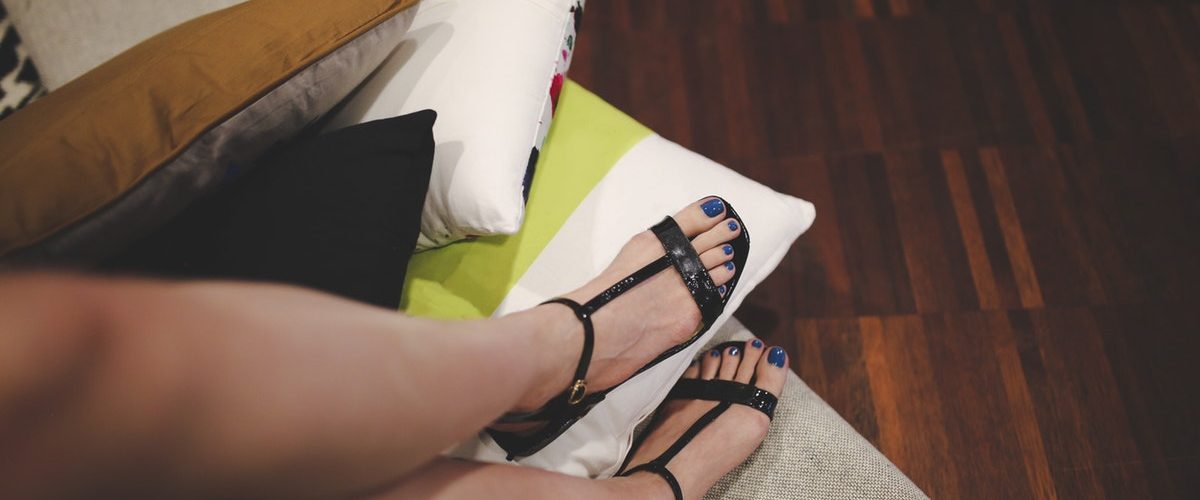
Myth #5: You can’t wear sandals or flip-flops to work
During the summer, many of us think about wearing sandals or flip-flops to work to help keep cool. Despite reports to the contrary, health and safety law doesn’t ban them.
However, office-based organisations have been known to deter staff from wearing sandals or flip-flops on grounds of health and safety risks. This is because slips, trips and falls account for around 30% of all workplace accidents – and what you wear on your feet can make a big difference.
The HSE strongly recommends suitable footwear be worn at all times, particularly in environments where the floor can’t be kept dry or clean. Open-toed footwear should also not be worn if employees are expected to carry out manual handling tasks such as carrying files or boxes, or have to go into storage areas.
It’s sometimes hard to know where such ridiculous myths originate from but they all have one thing in common – they’re not required by health and safety law. Unfortunately, anecdotes and unrelated decisions are often twisted to give health and safety a bad rap, which undermines the very real risks that exist in every workplace and the serious harm that can and does occur. While not every story is completely made up, regulations are often wrongly interpreted and blamed for seemingly ludicrous acts ascribed to health and safety. In truth, health and safety is all about taking sensible and proportionate steps to prevent the preventable and ensure we all return home safe and well at the end of each day.
Proportionate advice, realistic solutions
At Ellis Whittam, we understand the pressures placed on businesses when it comes to meeting your health and safety responsibilities. Our unlimited, fixed-fee Health & Safety service is specifically designed to help you manage real risks and identify commercial solutions to your compliance.


